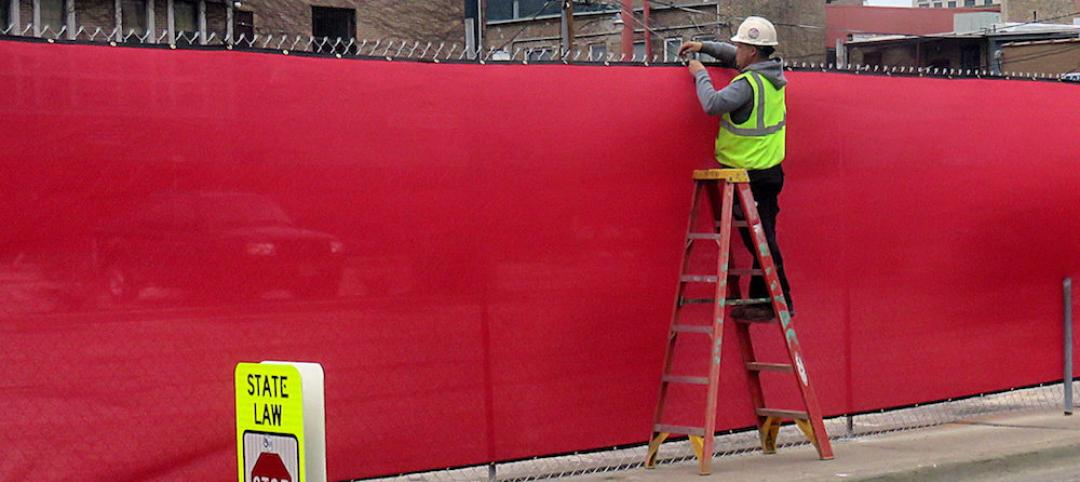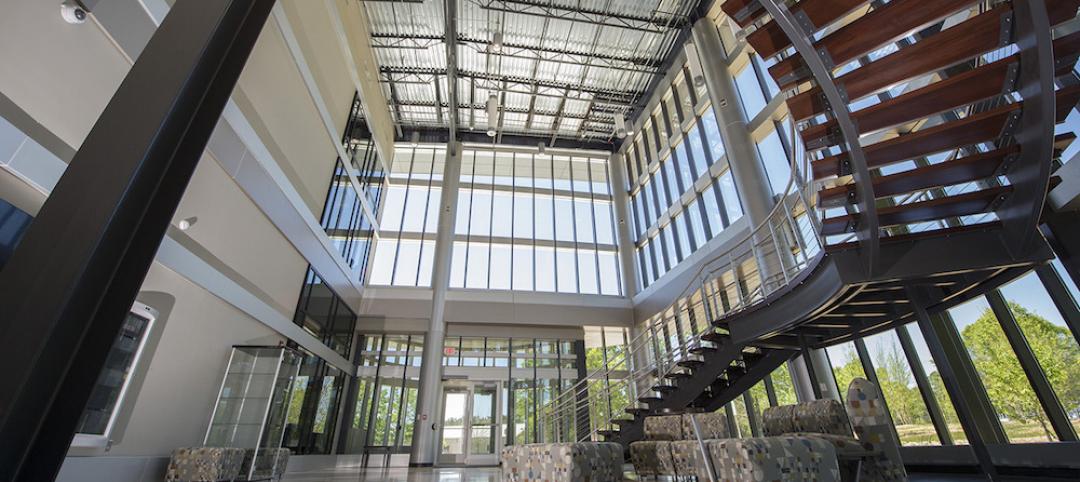With the adjustment to lifestyles brought on by the COVID-19 pandemic, designers are considering options that can make multifamily properties safer.
For example, touchless automated door systems and sanitation stations would reduce opportunities for virus transmission. Increased reliance on package delivery increases the need for additional storage space and methods to secure items with touchless components. Coded drop-box systems—perhaps operated by phone apps—could become must-have amenities.
Creating common areas with ample sunlight, air circulation, and purification systems, as well as viral- and bacterial-resistant furnishings and fixtures could make these spaces safer. Unit design could include alcoves that can flex to accommodate work-from-home spaces or learn-from-home spaces for students when schools are closed.
Private balconies that overlook a common open space can offer a connection to the building community and the broader neighborhood to reduce a feeling of isolation.
Related Stories
Energy | Jul 25, 2016
Michigan law provides local governments with flexible energy conservation financing
Allows cities to fund projects without adding debt.
Contractors | Jul 15, 2016
Trade unions, contractors call for maximum penalty in construction worker death case
‘Sick and tired’ of lawbreaking contractors defining public perception.
Multifamily Housing | Jul 14, 2016
Portland, Ore., City Council approves construction excise tax for affordable housing
Expected to raise $8 million annually on commercial and residential projects.
Drones | Jul 13, 2016
FAA issues final rule on commercial use of drones
The rule covers commercial uses for drones that weigh less than 55 pounds, and it takes effect Aug. 29.
Codes and Standards | Jul 12, 2016
OSHA raises maximum civil penalties by 78%
Applies to infractions that occurred after Nov. 2, 2015.
School Construction | Jul 11, 2016
Fight over school funding in Arizona headed to court
Legislature accused of ignoring 1994 ruling ordering state to pick up some of the costs.
Green Specifications | Jul 8, 2016
World Green Building Council sets goal of 100% net-zero buildings by 2050
All new buildings and major renovations to be net-zero by 2030.
Market Data | Jul 7, 2016
Airbnb alleged to worsen housing crunch in New York City
Allegedly removing thousands of housing units from market, driving up rents.
Urban Planning | Jul 7, 2016
Y Combinator project would build new city using new technology, urban policies
Zoning, property rights, building codes all could be re-imagined.
Green | Jul 6, 2016
U.S. healthcare system’s GHG emissions rise 30% in past decade
If U.S. healthcare were a country, it would rank 13th in GHG emissions.

















